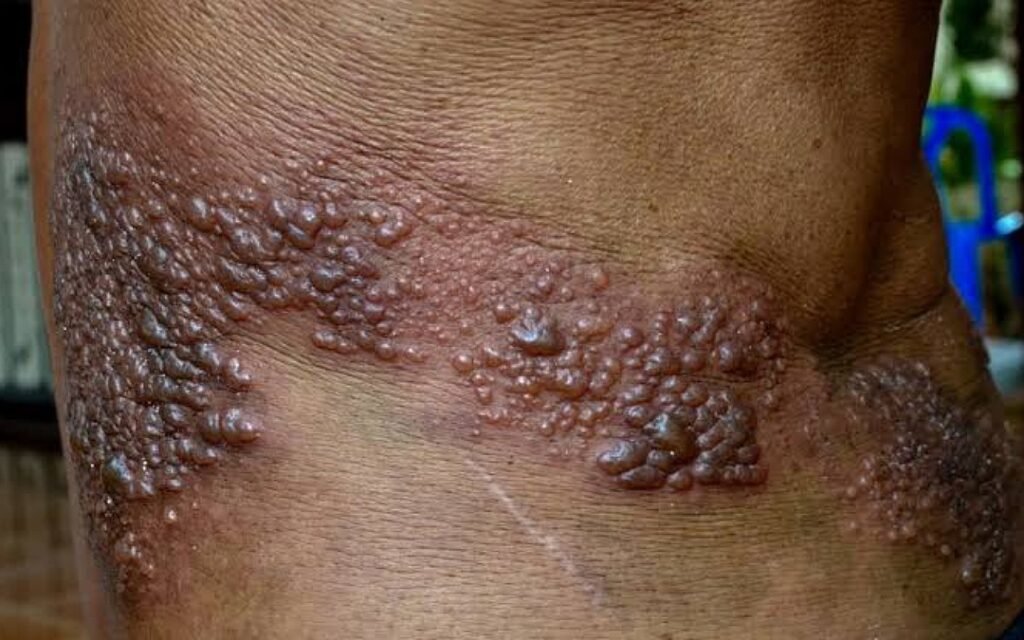There’s a general understanding that Shingles is a viral infection caused by the same varicella-zoster virus (VZV) responsible for chickenpox. It is a result of the virus reactivating within the body, usually in individuals who have had chickenpox in the past. In this article, we’ll provide a comprehensive guide to shingles, including its symptoms, complications, treatments, and more.
What is Shingles?
The Centre for Disease Control, CDC, has clarified that Shingles, also called AgbaBelt in the Southern-Eastern part of Nigeria, is a viral infection that usually affects a single sensory nerve ganglion and the corresponding skin surface. It can develop in anyone who has had chickenpox in the past, as the varicella-zoster virus can remain dormant in the nervous system for years after the initial infection.
Symptoms of Shingles
Symptoms of shingles usually affect one side of the body and can include a rash, blisters, and pain. The pain often results from nerve involvement, rather than the rash itself, and can range from a dull ache to a sharp, stabbing sensation. Other symptoms may include fever, fatigue, chills, headache, and upset stomach.
Symptom Progression
Symptoms of shingles often progress in stages, with pain, tingling, numbness, and itching appearing first, followed by the development of a rash and fluid-filled blisters. The blisters may merge, forming a solid red band that resembles a severe burn. Inflammation may affect the soft tissue under and around the rash. Finally, the blisters gradually dry up and form scabs or crusts, and the entire episode of shingles usually lasts around 2-4 weeks.

Complications of Shingles
While most people with shingles recover without complications, some people, particularly those with a weakened immune system, may experience severe symptoms and complications. These can include postherpetic neuralgia (persistent pain long after the rash has resolved), inflammation of the brain or spinal cord, eye and vision issues, weakness, problems with balance and hearing, blood vessel damage, and pneumonia.
Treatment for Shingles
Treatment for shingles usually involves antiviral medication to halt the virus’s multiplication and reduce the severity and duration of symptoms. In addition, individuals can manage symptoms through pain relief medication, stress reduction, a healthy diet, gentle exercise, loose-fitting clothing, and engaging in relaxing activities. To alleviate itching, applying calamine lotion, taking a lukewarm oatmeal bath, or placing a cool, damp washcloth on the blisters may also help.
Prevention of Shingles
Vaccination provides a safeguard against both chickenpox and shingles. Children can receive the varicella vaccine (chickenpox vaccine) during childhood, with two doses offering a minimum of 90% protection against chickenpox, consequently reducing the risk of shingles. Adults aged 50 or older can receive the shingles vaccine, known as Shingrix, which provides over 90% protection against shingles after two doses.
Conclusion
Shingles is a viral infection that can cause a range of symptoms, from pain and itching to blistering and rash. While most people recover without complications, seeking medical attention early, particularly for those aged 60 or older or with a weakened immune system, can significantly reduce the duration and intensity of the infection. With proper treatment and prevention, individuals can manage shingles and avoid severe complications.

